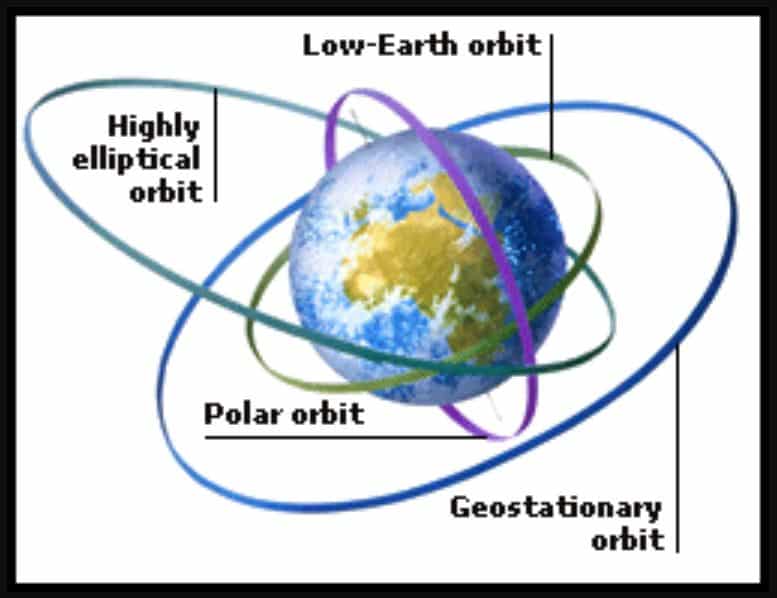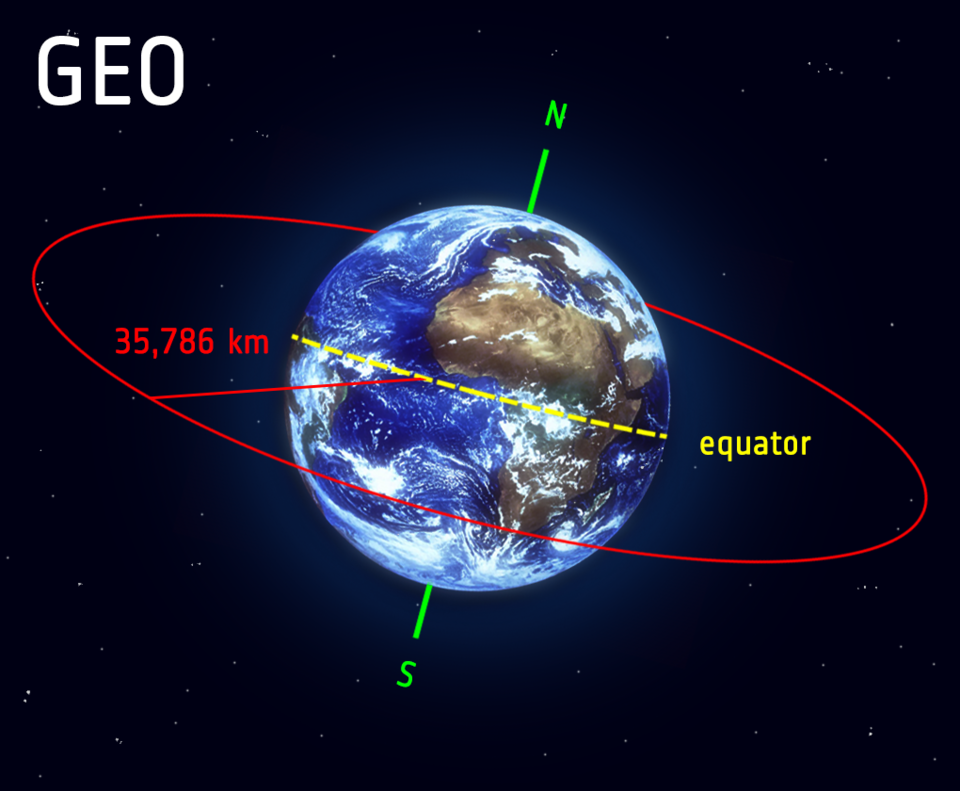
How Do Geostationary Satellites Differ from Other Types of Satellites in Terms of Their Orbit?
Satellites have become an integral part of modern life, facilitating global communication, Earth observation, weather forecasting, and more. These artificial objects orbit the Earth in various ways, each with unique characteristics and functions. Among the multitude of satellite orbits, geostationary satellites stand out due to their distinctive features and applications. In this comprehensive article, we will explore the differences between geostationary satellites and other types of satellites in terms of their orbits, shedding light on the orbital mechanics, advantages, and limitations of these remarkable spaceborne platforms.
Understanding Satellite Orbits
Before delving into the specifics of geostationary orbits, it’s essential to have a basic understanding of satellite orbits in general. Satellites move around the Earth in accordance with Newton’s laws of motion and gravitational pull. These orbits can be categorized into several main types based on their characteristics:
1. Low Earth Orbit (LEO): Closest to Earth
LEO satellites orbit relatively close to the Earth’s surface, typically at altitudes ranging from 160 kilometers (100 miles) to about 2,000 kilometers (1,240 miles). They move at high speeds and complete an orbit around the Earth in roughly 90 to 120 minutes. Due to their proximity, LEO satellites are ideal for Earth observation, remote sensing, and communication systems like the Global Positioning System (GPS).
2. Medium Earth Orbit (MEO): Balancing Act
MEO satellites occupy an intermediate position between LEO and geostationary orbits, typically at altitudes between 2,000 kilometers (1,240 miles) and 35,786 kilometers (22,236 miles). This range is commonly used for navigation systems like the European Galileo system and some communication satellites.
3. Geostationary Orbit (GEO): The Equatorial Sweet Spot
Geostationary satellites, as the focus of this article, occupy a special position approximately 35,786 kilometers (22,236 miles) above the equator. They move at the same rotational speed as the Earth, effectively appearing stationary relative to a fixed point on the Earth’s surface. This unique characteristic makes them ideal for applications such as telecommunications, weather monitoring, and broadcasting.
4. Highly Elliptical Orbit (HEO): Unique Trajectories
HEO satellites follow highly elliptical orbits, which means their distance from the Earth varies significantly during each orbit. They are used for specific missions like polar orbiting satellites that provide global weather coverage.
Geostationary Satellites: A Closer Look
Geostationary satellites, also known as geosynchronous equatorial orbits, have several distinct features that set them apart from other satellite orbits:
1. Fixed Position Relative to Earth
The most defining characteristic of geostationary satellites is that they remain fixed in relation to a specific point on the Earth’s surface. This is achieved because they orbit at the same rotational speed as the Earth, completing one orbit approximately every 24 hours. As a result, they appear to hover over a fixed longitude, making them perfect for applications requiring continuous coverage, such as satellite TV broadcasting.
2. Equatorial Orbit
Geostationary satellites orbit directly above the equator in a circular path. This equatorial alignment allows them to cover a specific longitude, making them less suitable for polar regions but perfect for areas near the equator.
3. Lagrange Point Stability
Geostationary satellites are situated at the Earth’s first Lagrange point, denoted as L1. This position allows them to maintain a stable orbit due to the balance of gravitational forces between the Earth and the Sun.
Advantages and Limitations of Geostationary Satellites
Geostationary satellites offer several advantages:
- Continuous Coverage: They provide uninterrupted coverage to a fixed geographic area, which is valuable for applications like communication and weather monitoring.
- Simplified Ground Equipment: Fixed positions allow ground-based antennas to remain pointed at the satellite, simplifying the design of receiving equipment.
- Low Latency: The fixed position results in minimal signal travel time, making them ideal for real-time communication.
However, they also have limitations:
- Coverage Area: Geostationary satellites primarily cover the equatorial region, limiting their effectiveness at higher latitudes.
- Orbital Congestion: A limited number of available slots for geostationary satellites can lead to congestion and potential interference.
- High Altitude: The altitude of geostationary orbits can result in higher latency for certain applications.
Conclusion
Geostationary satellites differ from other types of satellites primarily in their fixed position relative to the Earth. This unique characteristic makes them invaluable for specific applications requiring continuous coverage, such as telecommunications and weather monitoring. While they have limitations, their ability to hover over specific points on the Earth’s equator has revolutionized global communication and Earth observation, making them an essential component of the modern technological landscape. As we continue to explore and utilize space, geostationary satellites will remain a vital tool for connecting the world and monitoring our planet.



I loved even more than you could possibly be able to accomplish right here. The picture is beautiful, and your language is elegant; yet, it appears that you are rushing through it, and I believe that you ought to give it another shot in the near future. That is something that I will most likely do again and again if you protect this hike.